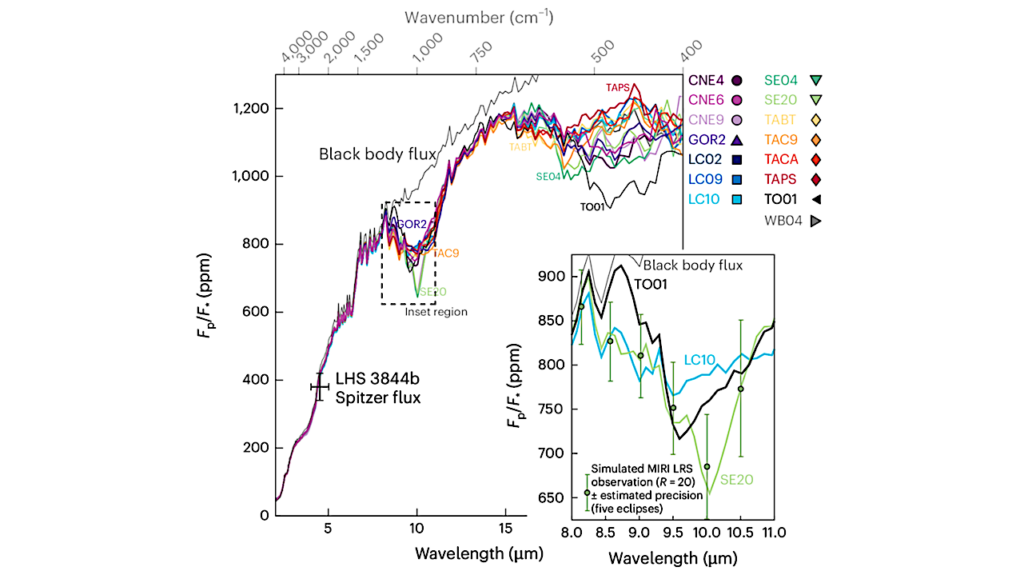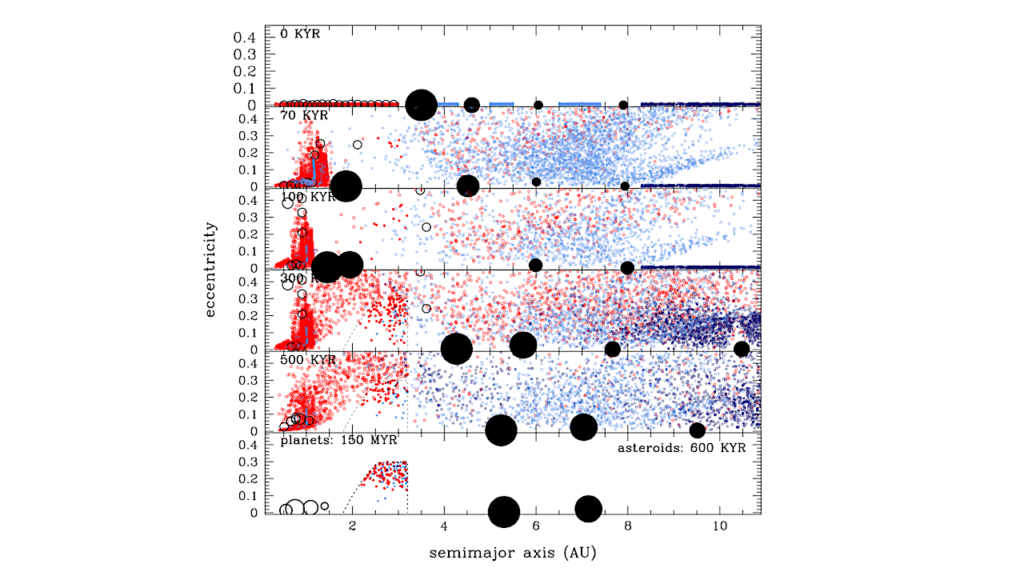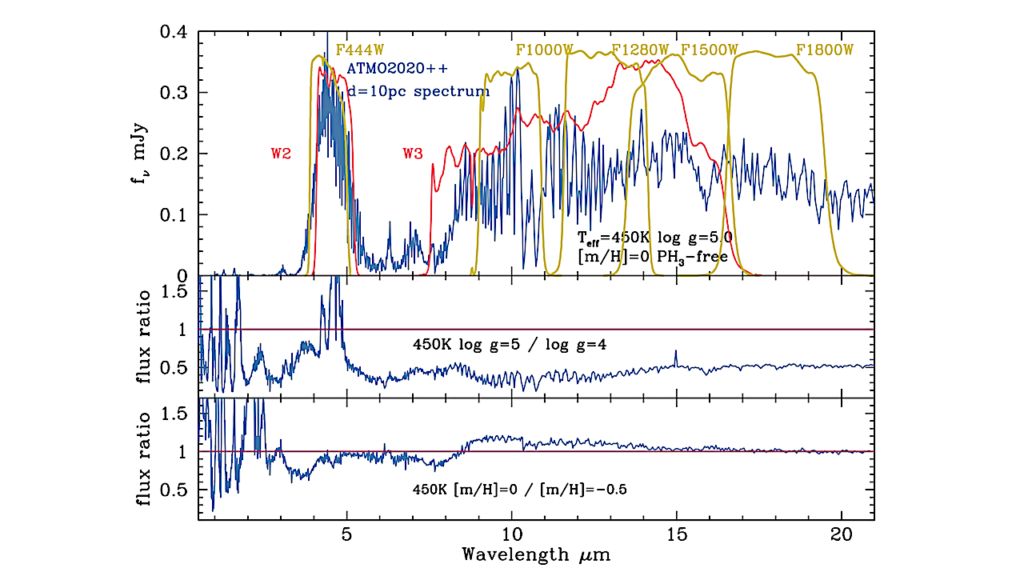Sulfur-driven Haze Formation in Warm CO2-rich Exoplanet Atmospheres

Sulfur gases significantly affect the photochemistry of planetary atmospheres in our Solar System, and are expected to be important components in exoplanet atmospheres.
However, sulfur photochemistry in the context of exoplanets is poorly understood due to a lack of chemical-kinetics information for sulfur species under relevant conditions. Here, we study the photochemical role of hydrogen sulfide (H2S) in warm CO2-rich exoplanet atmospheres (800 K) by carrying out laboratory simulations.
We find that H2S plays a significant role in photochemistry, even when present in the atmosphere at relatively low concentrations (1.6%). It participates in both gas and solid phase chemistry, leading to the formation of other sulfur gas products (CH3SH/SO, C2H4S/OCS, SO2/S2, and CS2) and to an increase in solid haze particle production and compositional complexity. Our study shows that we may expect thicker haze with small particle sizes (20 to 140 nm) for warm CO2-rich exoplanet atmospheres that possess H2S.
Chao He, Sarah M. Horst, Nikole K. Lewis, Xinting Yu, Julianne I. Moses, Patricia McGuiggan, Mark S. Marley, Eliza M.-R. Kempton, Sarah E. Moran, Caroline V. Morley, Veronique Vuitton
(Submitted on 6 Apr 2020)
Subjects: Earth and Planetary Astrophysics (astro-ph.EP)
Journal reference: Nature Astronomy 2020
DOI: 10.1038/s41550-020-1072-9
Cite as: arXiv:2004.02728 [astro-ph.EP] (or arXiv:2004.02728v1 [astro-ph.EP] for this version)
Submission history
From: Chao He [view email]
[v1] Mon, 6 Apr 2020 15:16:37 UTC (3,137 KB)
https://arxiv.org/abs/2004.02728
Astrobiology, Astrochemistry








